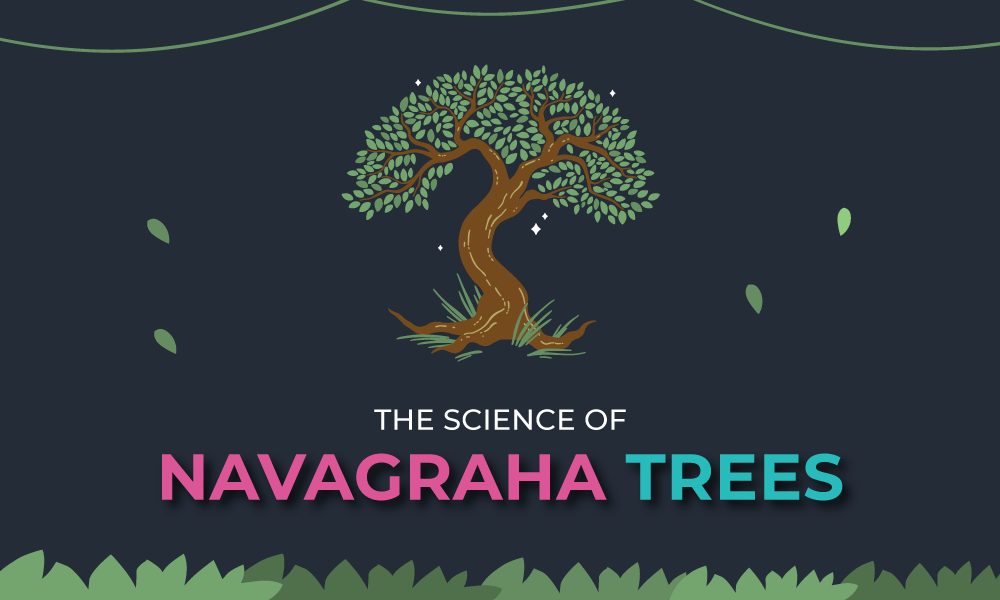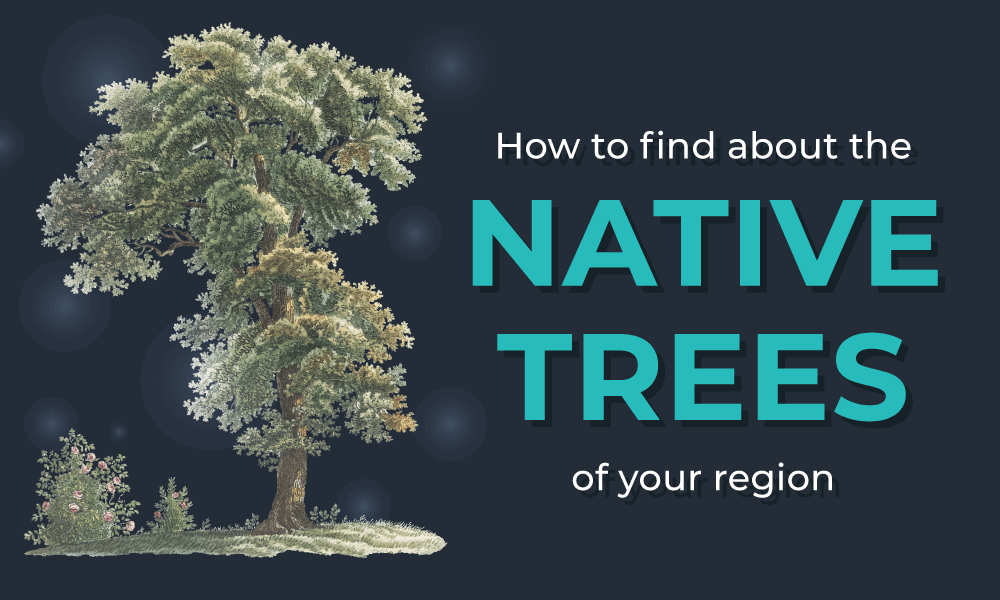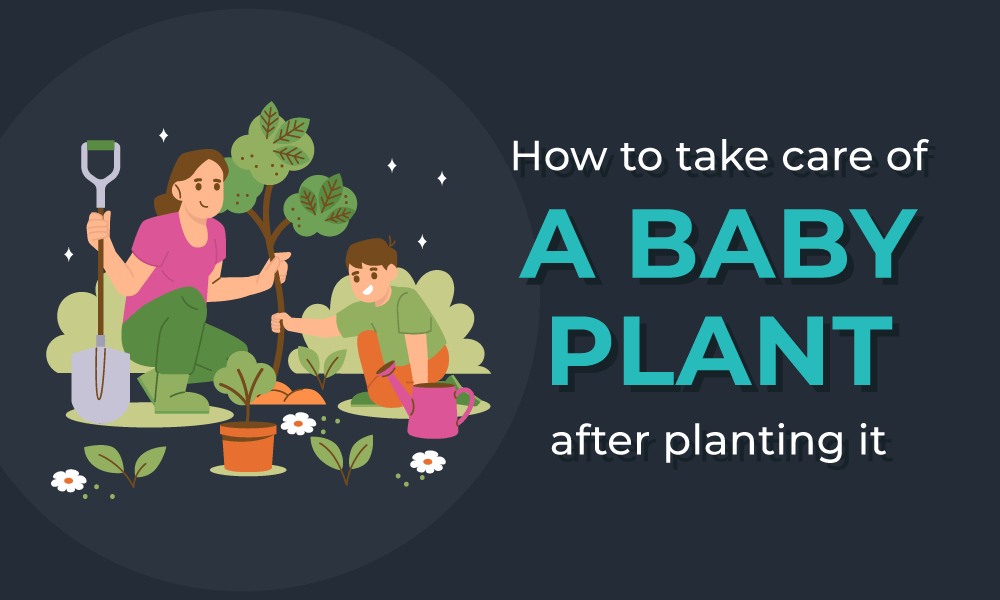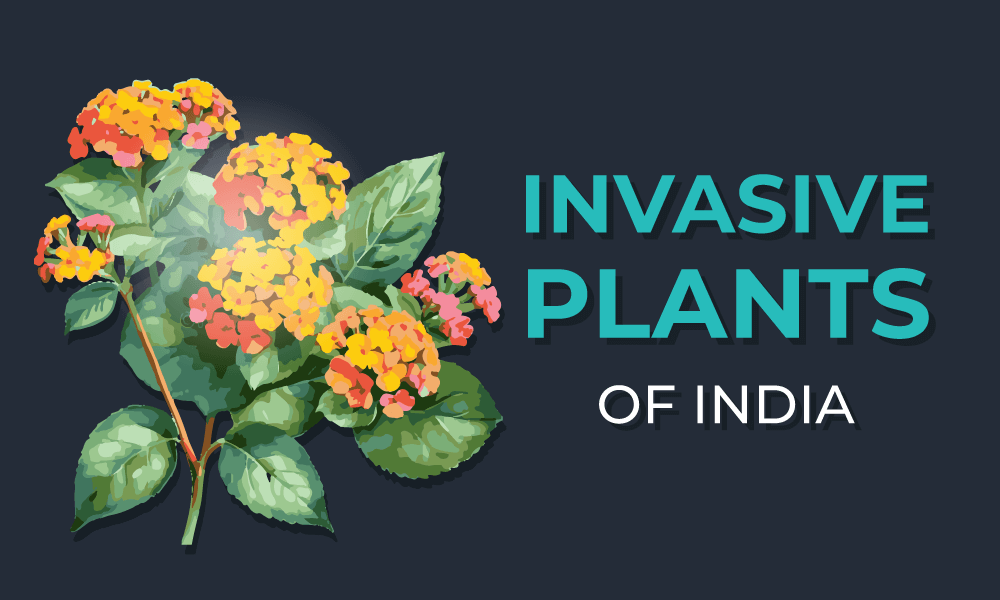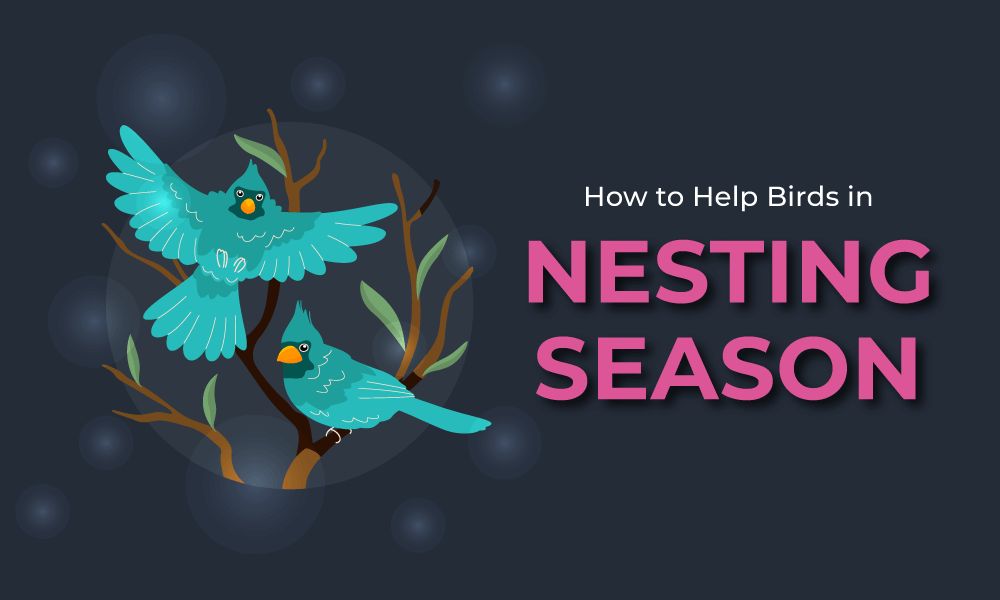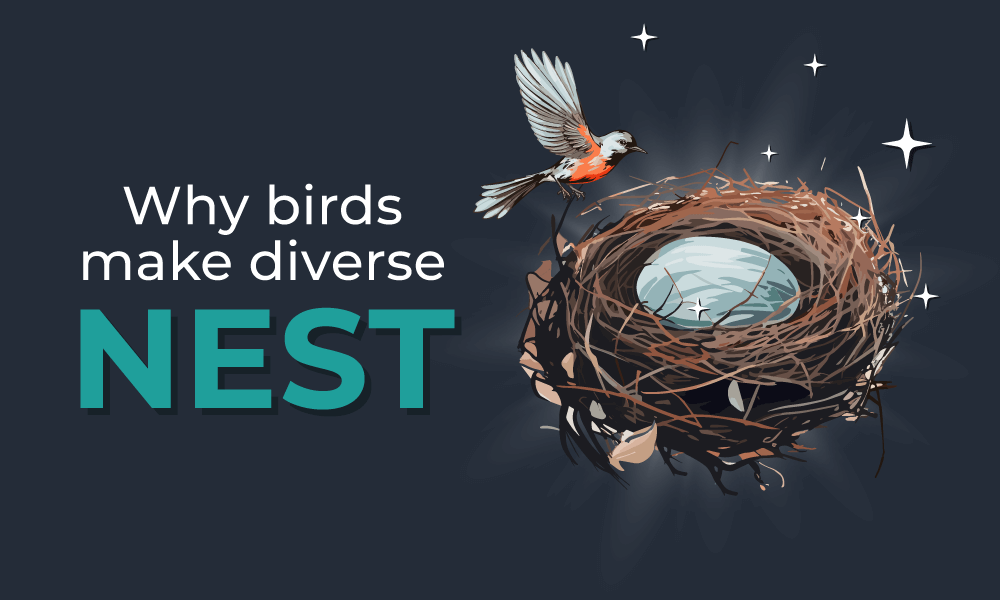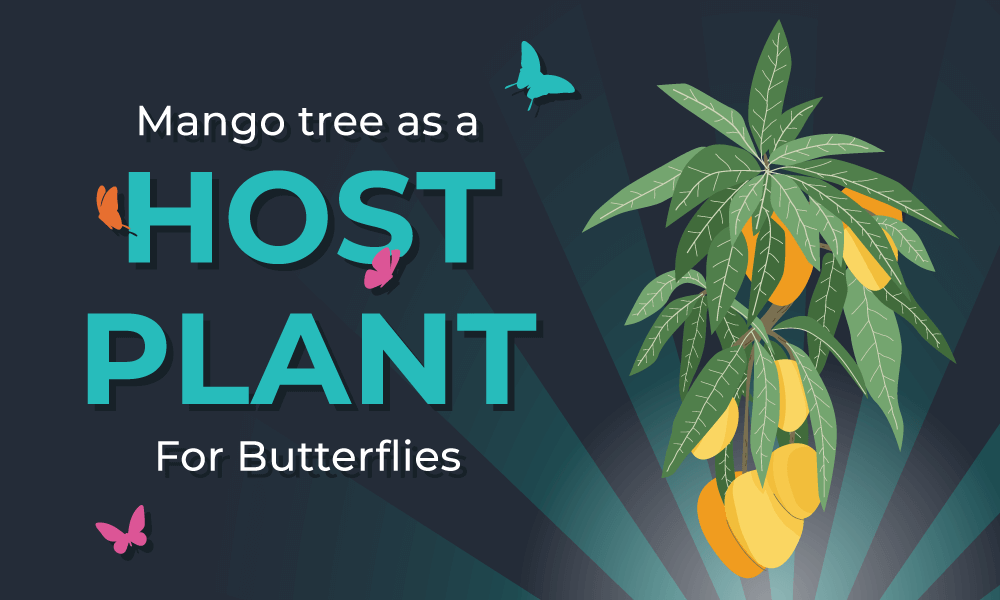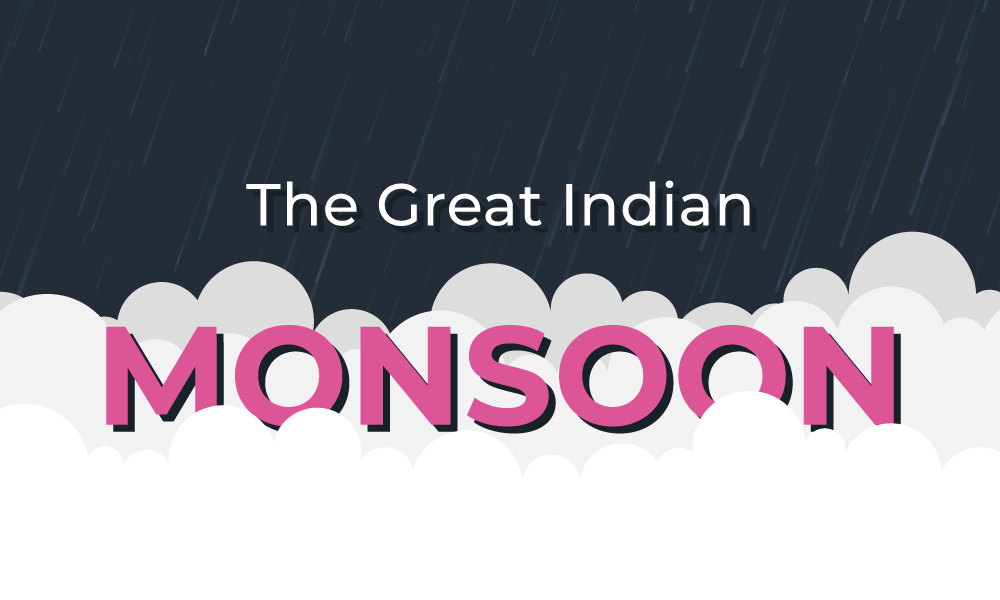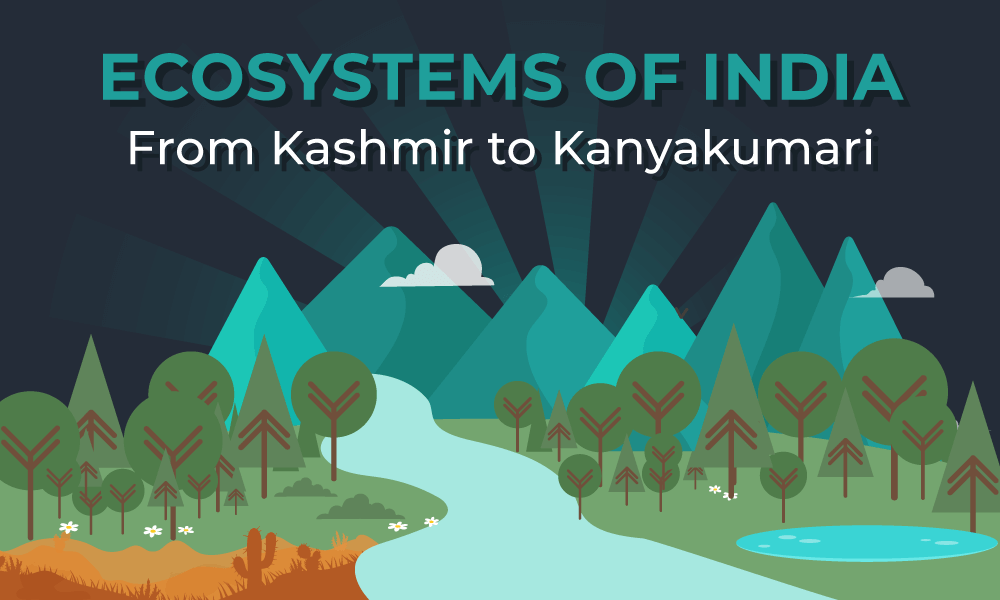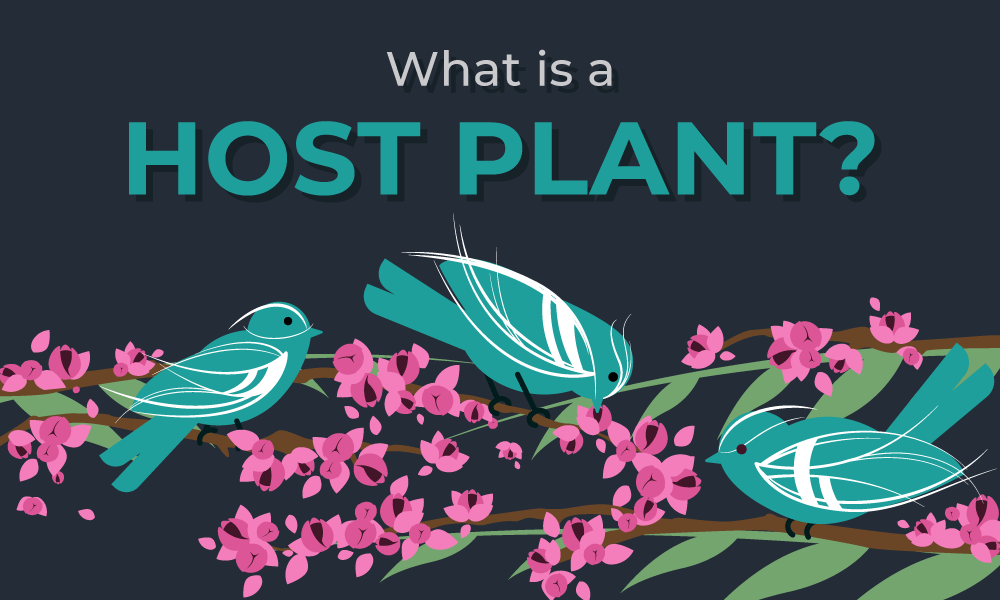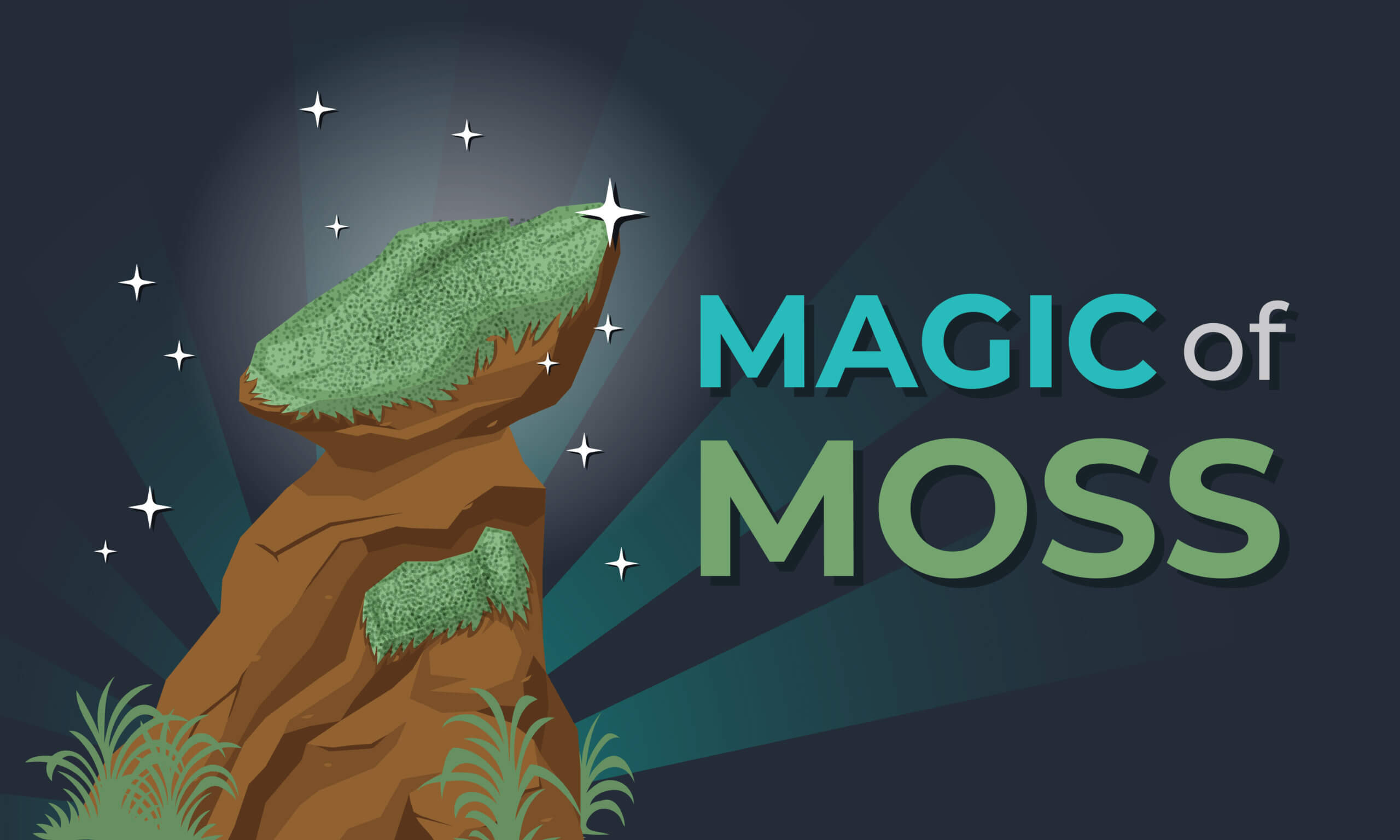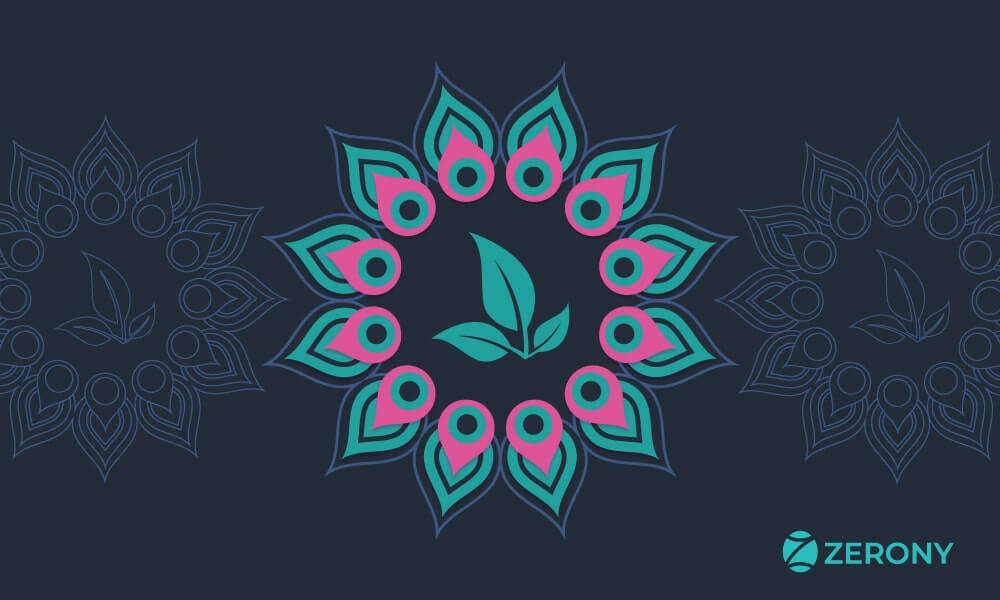Pulses are an essential part of Indian cuisine and agriculture. You’ve probably eaten dal, chana (chickpeas), or even a bowl of comforting khichdi at some point in your life. These simple yet delicious foods come from pulses, which are edible seeds of leguminous plants. Pulses play a huge role in our meals, adding nutrition, flavor, and a sense of tradition. But they’re more than just food. Pulses of India help improve soil health and support sustainable farming, making them a big part of India’s agricultural system.
India is home to a vast variety of pulses, from the yellow moong dal to the black urad dal, with each region having its favorites. Let’s dive into the world of pulses, and discover their benefits, cultural importance, and the reason they are so important for our health and the planet!
Nutritional Value of Pulses
Pulses are like tiny powerhouses of nutrition. They are packed with:
- Protein: Pulses are a rich source of plant-based protein, which is especially important for vegetarians and vegans. For many Indians who follow a vegetarian diet, pulses are a primary source of this vital nutrient.
- Fiber: Pulses are loaded with dietary fiber, which helps in digestion and keeps your gut healthy.
- Vitamins and Minerals: Pulses contain important vitamins like B-vitamins and minerals such as iron, magnesium, potassium, and zinc. These nutrients help in maintaining energy levels, supporting brain function, and keeping your bones strong.
Pulses are also low in fat, making them a great choice for a balanced and healthy diet. Whether you’re eating a bowl of dal or snacking on roasted chickpeas, you’re nourishing your body with something wholesome and nutrient-rich.
Types of Indian Pulses
India grows a wide range of pulses, and each type has its unique taste, texture, and use in cooking. Let’s look at some of the most popular ones:
Toor Dal (Pigeon Pea): Often used in everyday cooking, especially in making dal. It has a slightly nutty flavor and is a great source of protein.
Chana Dal (Split Bengal Gram): Made from splitting brown chickpeas, it’s used in a variety of dishes like soups, curries, and salads.
Moong Dal (Split Green Gram): Comes in both split and whole varieties. The split moong dal is often used in soups, stews, and the popular Indian dish khichdi.
Urad Dal (Black Gram): Commonly used to make dals, idlis, dosas, and vadas. It is also fermented to make batter for South Indian dishes.
Masoor Dal (Red Lentils): These are quick to cook and are widely used to make soups and stews. They have a mild, earthy flavor.
Rajma (Kidney Beans): Popular in North Indian cuisine, often prepared with a rich tomato-based gravy.
Lobia (Black-eyed Peas): These are often used in curries and stews.
Kabuli Chana (Chickpeas/Garbanzo Beans): Used to make dishes like chole, hummus, and salads.
Moth Beans (Matki): These small, brown beans are often sprouted and used in salads or cooked into curries.
Horse Gram (Kulthi): Known for its high protein content, horse gram is often used in soups, chutneys, and curries.
Green Peas (Dry Peas/Matar): Dried green peas are often rehydrated and used in curries, soups, and snacks.
Each region in India has its own way of preparing and enjoying pulses. For example, in the south, you’ll find sambar made with toor dal, while in the north, you might enjoy rajma (kidney beans) or chole.
Cultural Significance of Pulses
Pulses have deep cultural roots in India. Many traditional Indian dishes revolve around pulses. One of the most famous is dal, which is a comforting, protein-rich stew made with lentils and spices. Another dish is khichdi, which combines rice and lentils and is often eaten during times of illness because it’s easy to digest.
Pulses also play an important role during Indian festivals. For instance, during the festival of Makar Sankranti, dishes made with black sesame seeds and moong dal are popular in several parts of the country. Pulses are often given as part of temple offerings, signifying nourishment and health.
Health Benefits of Consuming Pulses
Pulses are not just flavorful—they’re incredibly healthy too. Here are some of the key health benefits of including pulses in your diet:
Pulses are low in calories and high in protein and fiber, which means they keep you feeling full for longer. This helps in managing weight effectively without feeling hungry all the time. Regular consumption of pulses can lower cholesterol levels and improve heart health.
Their high fiber content helps reduce the risk of heart disease. Pulses have a low glycemic index, meaning they release sugar into the bloodstream slowly. This helps control blood sugar levels and is beneficial for people with diabetes.The fiber in pulses promotes good gut bacteria and improves digestion. A healthy gut is essential for overall well-being.
Pulses in Sustainable Agriculture
Pulses are not only beneficial for our health but also for the environment. They are nature’s way of enriching the soil, Pulses have the unique ability to fix nitrogen in the soil. This means they take nitrogen from the air and convert it into a form that plants can use. This naturally enriches the soil without the need for synthetic fertilizers.
Farmers often use pulses in crop rotation systems because they improve soil fertility. After harvesting pulses, the soil is rich in nutrients, making it better for the next crop. By growing pulses, farmers can reduce their dependence on chemical fertilizers, leading to more sustainable and eco-friendly farming practices.
Pulses are a major crop for Indian farmers. They provide a source of income and food security, especially in regions where the soil may not be suitable for other crops.
India is the largest producer and consumer of pulses in the world. This means there is always a demand for pulses both in domestic markets and internationally. Exporting pulses also contributes to the economy. However, the farming of pulses faces challenges, such as fluctuating market prices and the impact of climate change.
Read more : Get to Know Millet: India’s Sustainable Superfood
If you have some suggestion on which we should write or you have any query and something else you can contact us. Please do share this blog with your family, friends, and others so they can all learn about the pulses of india.



























